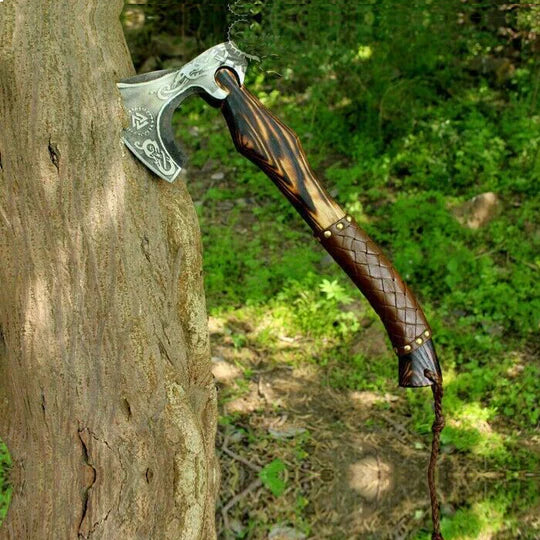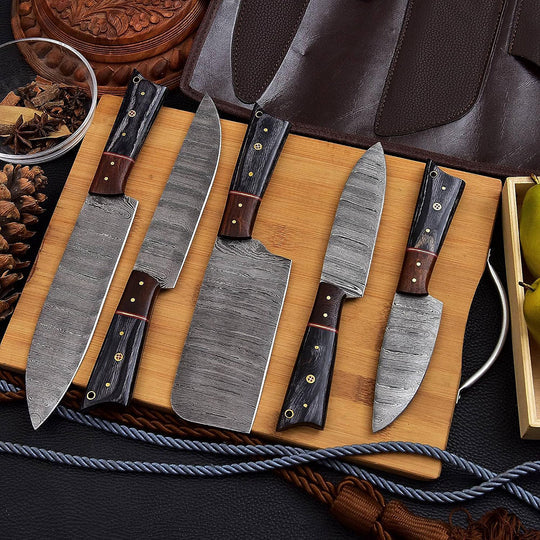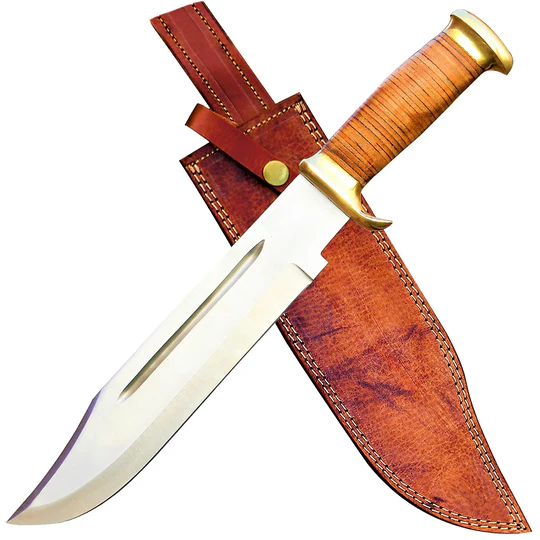Introduction
:The
battle axe stands as an iconic symbol of warfare throughout history, revered for its versatility, power, and sheer effectiveness on the battlefield. From ancient civilizations to medieval times and beyond, the battle axe has left an indelible mark on military history. In this article, we delve into the rich history and enduring legacy of the battle axe, exploring its evolution, significance, and real impact on warfare.
Evolution of the Battle Axe:
Ancient Origins The origins of the battle axe can be traced back to the Stone Age, where early humans fashioned crude axes for hunting and warfare. These primitive tools evolved over time, with civilizations such as the Egyptians and Mesopotamians crafting more sophisticated battle axes for combat Bronze Age Advancements: The advent of bronze metallurgy markedasignificantadvancement in the development of the battle axe. Bronze axes were stronger and moredurable than their stone counterparts, making them formidable weapons on the battlefield. Civilizations such as the Greeks and Mycenaeans utilized bronze battle axes with devastating effect in ancient warfare Medieval Warfare: The medieval period saw the peak of the battle axe's popularity as a weapon of war. Feudal knights and warriors wielded battle axes alongside swords and spears, utilizing their formidable cutting power to cleave through armor and adversaries alike. The Viking raiders, in particular, became synonymous with the battle axe, employing it as their weapon of choice during their conquests across Europe.
Significance and Functionality:
Versatility in Combat One of the key strengths of the battle axe lay in its versatility on the battlefield. Unlike swords, which were primarily slashing weapons, battle axes could deliver devastating blows with both cutting and crushing force. This made them effective against both armored opponents and unarmored foes, offering warriors a versatile tool for close-quarters combat Psychological Impact: Beyond its physical effectiveness, the battle alsowieldedsignificantpsychological impact on the battlefield. The sight of a warrior wielding a massive axe instilled fear and intimidation in adversaries, often demoralizing enemy troops and tipping the scales of battle in favor of the axe-wielding warriors Symbol of Power and Prestige: In many cultures, the possession of a finely crafted battle axe was a symbol of status and prestige. Nobles and warriors adorned their axes with intricate designs and embellishments, showcasing their wealth and martial prowess. As such, the battle axe became not only a weapon of war but also a symbol of honor and authority.
Real Impact and Legacy:
Military Tactics and Strategy The prevalence of the battle axe in medieval warfare influenced military tactics and strategy. Formations and maneuvers were devised to maximize the effectiveness of axe-wielding warriors on the battlefield, shaping the course of numerous conflicts throughout history Cultural and SymbolicLegacy: The legacy of the battle axe extends far beyond its role in warfare. It has become a cultural symbol, featured prominently in myths, legends, and folklore across various civilizations. From the legendary axe of Thor in Norse mythology to the symbolic significance of the double-headed axe in Minoan culture, the battle axe continues to captivate imaginations and inspire awe.
Conclusion:
The battle axe stands as a testament to the ingenuity and martial prowess of ancient civilizations. From its humble origins in the Stone Age to its peak during the medieval period, the
battle axe has left an indelible mark on military history. Its versatility, power, and enduring legacy continue to fascinate and inspire generations, reminding us of the timeless allure of this iconic weapon of war.








